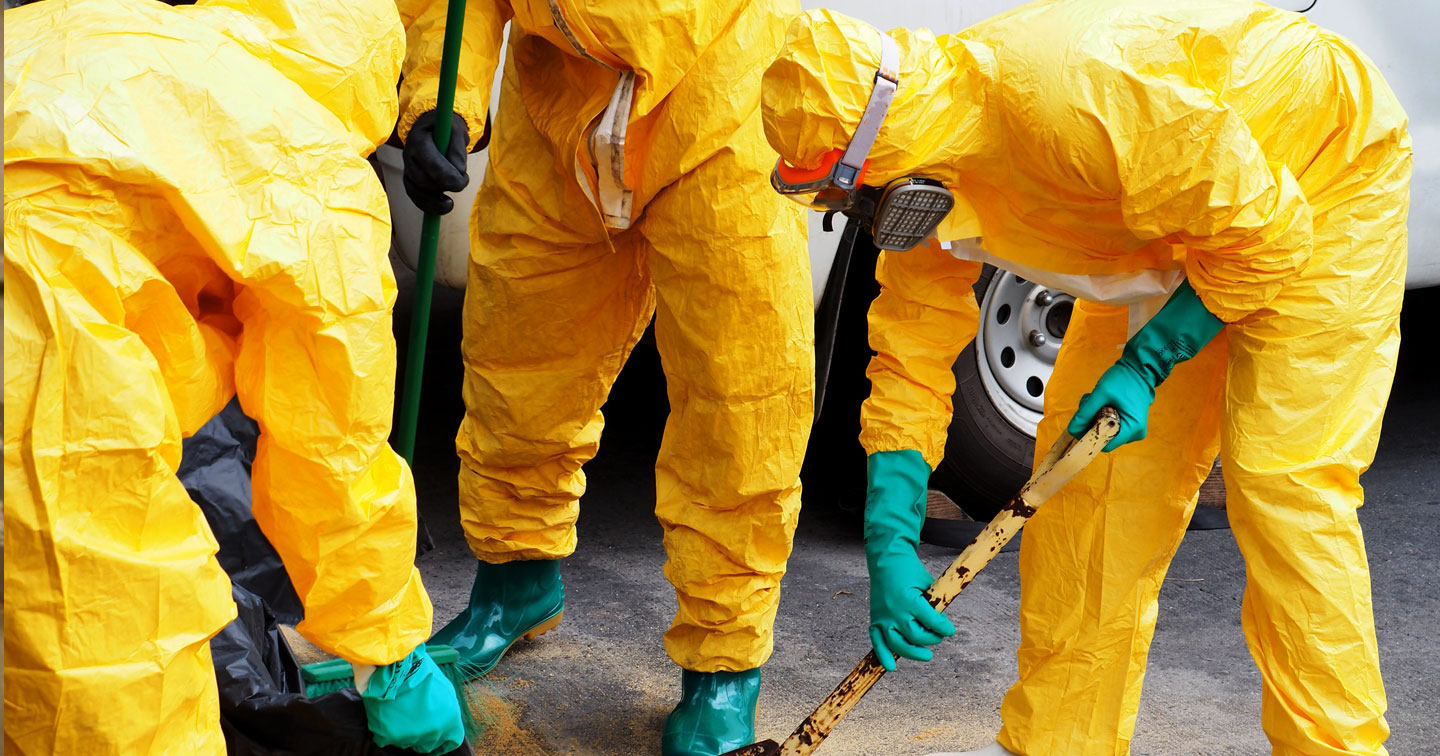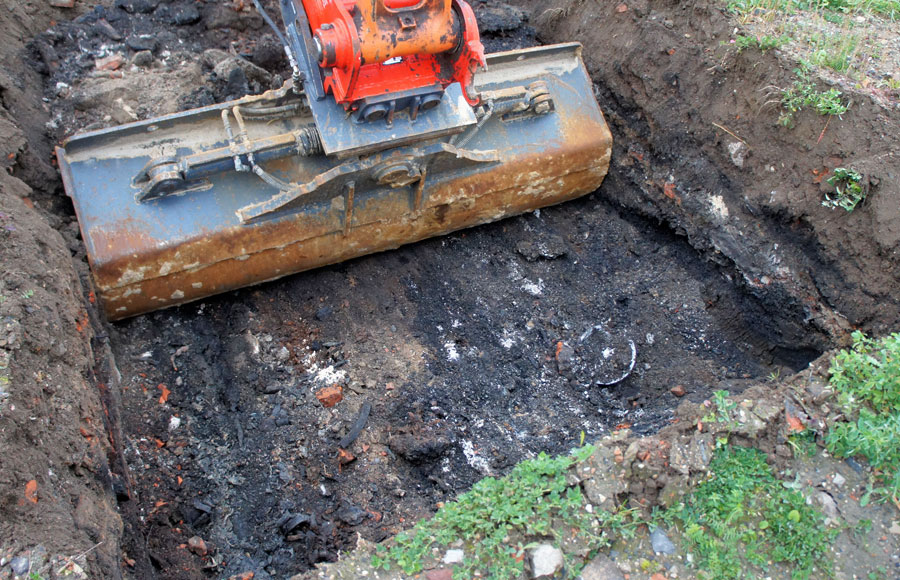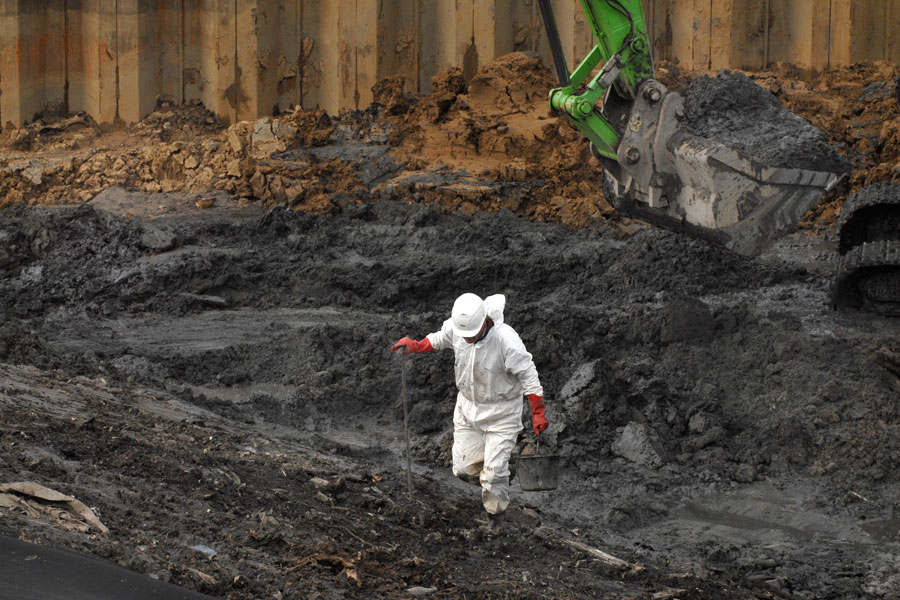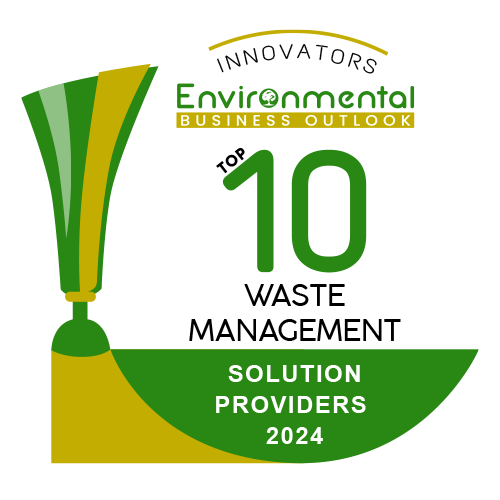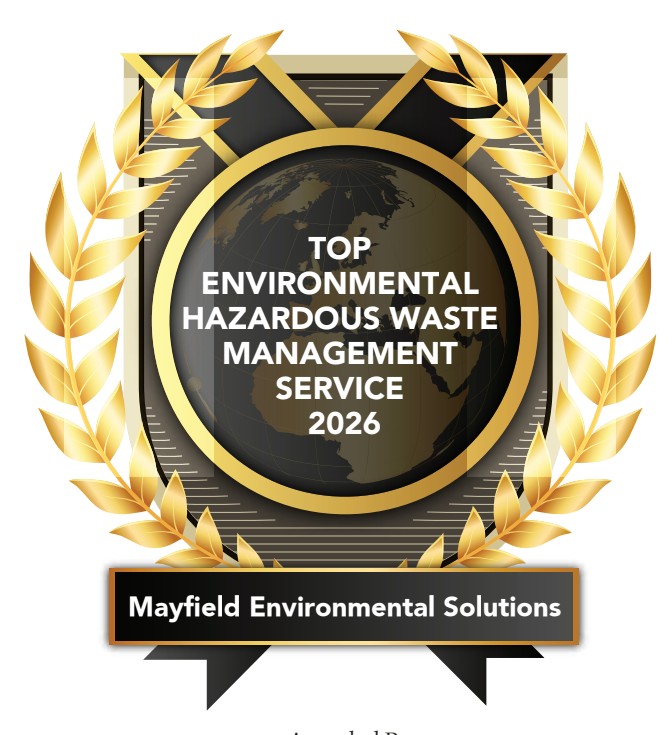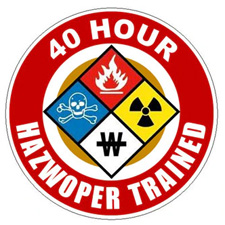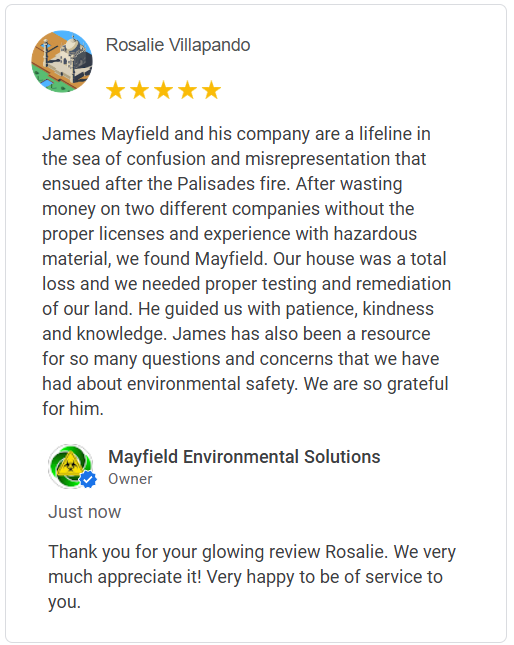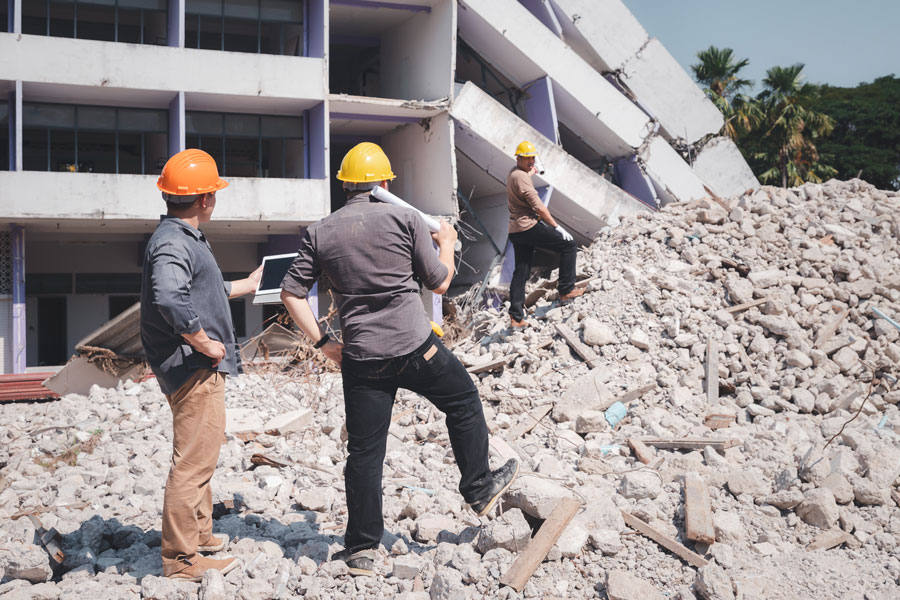
CARSON, CA – Demolition is a necessary part of urban development, infrastructure renewal, and property improvement. However, without proper planning and execution, it can pose serious environmental and health hazards. From airborne asbestos to groundwater contamination and excessive noise pollution, poor demolition practices can create long-term harm to people and ecosystems.
That’s why it’s critical for construction companies, demolition contractors, and environmental consultants—like Mayfield Environmental Solutions—to adopt safe demolition practices. These strategies not only protect human health and the environment, but they also ensure compliance with regulatory frameworks and industry standards. Let’s break down the key elements of safe and responsible demolition—and how to implement them effectively.
Understanding the Risks in Demolition Projects
Demolition may appear straightforward—tearing down a structure and hauling away debris. But in reality, the process involves numerous hazards:
- Asbestos, lead paint, and silica dust are common in older structures and can cause respiratory issues or cancer.
- Noise and vibration can affect nearby communities and disrupt wildlife.
- Improper waste disposal can lead to groundwater pollution, toxic run-off, or legal penalties.
Failing to mitigate these issues can expose workers to injuries, violate environmental laws, and delay project timelines due to shutdowns or fines.
Pre-Demolition Planning and Structural Assessments
1. Conducting Thorough Site Assessments
Every safe demolition begins with a detailed site assessment. This includes evaluating:
- Structural integrity to prevent uncontrolled collapses.
- Hazardous material surveys (e.g., asbestos, lead, PCBs).
- Surrounding environment, including adjacent buildings, water sources, and natural habitats.
- Structural engineers should assess load-bearing walls and foundation vulnerabilities.
- Environmental consultants must identify and flag hazardous substances for abatement.
This evaluation ensures the right demolition method is chosen—be it mechanical, implosive, or selective—and that safety strategies are in place before work begins.
Asbestos and Lead Paint Abatement
2. Safely Managing Toxic Building Materials
Structures built before the 1980s often contain asbestos insulation and lead-based paint, both of which are harmful if disturbed and inhaled.
Proper abatement includes:
- Hiring licensed hazmat specialists.
- Using negative air pressure systems and HEPA filtration.
- Sealing and labeling waste for transport to certified disposal sites.
- Improper removal can lead to severe penalties and liability lawsuits.
Abatement is one of the most regulated phases of demolition and should always be handled by certified professionals to ensure health safety and legal compliance.
Dust and Air Quality Control
3. Protecting Workers and Communities from Airborne Particles
Dust from demolition activities can contain silica, asbestos, lead, and other dangerous particles. If not managed, it can drift into nearby neighborhoods, schools, and hospitals, posing serious risks.
Best practices for dust control include:
- Water spraying or misting during mechanical demolition.
- Dust barriers and wind screens around the site perimeter.
- Monitoring with real-time air quality sensors.
- Silica dust can cause long-term diseases such as silicosis and COPD.
- Local air districts may require daily monitoring logs and reporting.
Proactive air quality management protects workers and aligns with EPA’s Clean Air Act guidelines.
Waste Segregation, Recycling, and Material Recovery
Proper waste segregation, recycling, and material recovery are essential steps in minimizing environmental impact during construction, demolition, or cleanup projects. Separating reusable materials from hazardous waste not only conserves resources but also reduces landfill usage. Partnering with experts who provide soil remediation services ensures that contaminated soil is safely treated or disposed of, protecting both public health and ecosystems while supporting sustainable urban development practices.
4. Reducing Environmental Impact Through Smart Waste Management
Demolition generates large amounts of debris—concrete, steel, wood, asphalt, glass, and plastics. Rather than sending everything to landfills, responsible contractors aim to segregate and recycle materials.
Typical recyclable components include:
- Concrete for crushed base or fill
- Steel for scrap recycling
- Wood for mulch or reuse
- Drywall and plaster for agricultural amendments (gypsum)
- LEED (Leadership in Energy and Environmental Design) certification awards points for material recovery and recycling.
- Construction and demolition debris accounts for over 600 million tons per year in the U.S., according to the EPA.
Diverting even 50% of waste can significantly reduce project costs and environmental impact.
Noise and Vibration Mitigation
5. Minimizing Disruption to Surroundings
Heavy machinery and explosive techniques can produce decibel levels that affect sleep, concentration, and even cardiac health in humans. Prolonged exposure can also damage surrounding structures.
Mitigation strategies include:
- Using sound barriers, especially in residential or hospital zones.
- Limiting demolition hours to business hours (typically 7 a.m. to 6 p.m.).
- Performing vibration analysis to protect adjacent foundations.
- OSHA recommends that workers not be exposed to sound levels above 85 dBA over 8 hours.
- Municipal codes often regulate noise levels by zone and time of day.
Minimizing noise pollution supports community goodwill and protects the hearing health of workers.
Safety Protocols and Worker Protection
6. Ensuring OSHA Compliance and Worker Safety
Demolition is one of the top five most dangerous sectors in construction. Risks include falling debris, equipment malfunction, electrical shock, and confined space hazards.
To reduce risk:
- Require PPE (hard hats, respirators, gloves, steel-toe boots).
- Enforce fall protection systems and equipment safety checks.
- Conduct daily toolbox talks and safety briefings.
- According to OSHA, demolition fatalities result in over 60 deaths per year in the U.S.
- Employers are legally responsible for enforcing all site safety standards.
Companies that invest in safety avoid downtime, lawsuits, and reputational damage.
Permits and Legal Requirements
7. Complying with State and Local Regulations
Each city, county, and state may have different permitting and reporting requirements for demolition projects. Common legal requirements include:
- Demolition permits
- Waste management plans
- Environmental impact assessments
- Stormwater runoff control measures
Failure to secure proper documentation can halt projects or lead to fines.
- In California, the Department of Toxic Substances Control (DTSC) enforces strict demolition regulations for contaminated sites.
- Stormwater permits are regulated under the National Pollutant Discharge Elimination System (NPDES).
Legal compliance should be integrated into the planning stage to avoid delays and enforcement actions.
Sustainable Demolition Planning
Sustainable demolition planning focuses on reducing waste, conserving resources, and minimizing environmental harm throughout the project. This approach includes careful material recovery, responsible disposal, and integrating eco-friendly methods from start to finish. Collaborating with environmental experts and certified mold removal specialists ensures that hazardous materials are identified, contained, and removed safely, protecting both workers and surrounding communities while meeting regulatory and sustainability goals.
8. Designing Projects with Sustainability in Mind
As cities grow greener, sustainable demolition (a.k.a. deconstruction) is gaining traction. Instead of demolishing a structure entirely, deconstruction salvages usable parts for resale, reuse, or repurposing.
Sustainable planning involves:
- Auditing reusable materials before demolition.
- Coordinating with salvage companies and nonprofits.
- Documenting environmental performance with lifecycle analysis.
Such practices not only reduce environmental harm but also support the circular economy and promote corporate social responsibility.
FAQs: Safe Demolition Practices
1. Why is asbestos abatement critical before demolition?
Asbestos fibers, if disturbed, can cause fatal respiratory diseases like mesothelioma. Abatement is required by federal law before demolition can proceed.
2. Can I demolish a building without a permit?
No. All jurisdictions require permits for demolition, and failure to obtain them can result in heavy fines and legal action.
3. How do you manage dust during demolition?
Contractors use water spray systems, dust screens, and HEPA vacuums to control dust emissions during demolition activities.
4. What happens to the debris from demolition sites?
Debris is often sorted and sent to recycling centers. Materials like steel, concrete, and wood can be repurposed, reducing landfill use.
5. How can I make my demolition project more sustainable?
By conducting a pre-demolition material audit, salvaging reusable components, recycling materials, and working with deconstruction specialists.
Safe and sustainable demolition is more than just knocking down walls. It’s a highly coordinated process that balances environmental responsibility, public safety, legal compliance, and cost-effectiveness. When executed properly, it minimizes environmental degradation, protects workers, and earns community trust.
At Mayfield Environmental Solutions, we specialize in comprehensive demolition planning, hazardous material abatement, and environmental remediation. Our team is trained in regulatory compliance, waste segregation, air monitoring, and biohazard management to ensure your project is done right—from start to finish.




